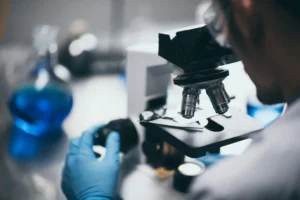Table of Contents
Consider the product
The first step in selecting a container closure is to consider the product that will be stored inside. Different products have different requirements for container closures, such as the need for airtight seals or resistance to certain chemicals.
Evaluate the container material
The material of the container is also important to consider. Glass, plastic, and metal are common materials used for container closures. Each material has its own advantages and disadvantages, such as durability, cost, and compatibility with the product.
Check for compatibility
It is important to ensure that the container closure is compatible with the product it will be storing. This includes checking for chemical resistance, as well as ensuring that the closure will not react with the product and cause contamination.
Consider the closure type
There are several types of container closures, including screw caps, snap caps, and crimp caps. Each type has its own advantages and disadvantages, such as ease of use, security, and compatibility with the container material.
Evaluate the sealing mechanism
The sealing mechanism of the container closure is also important to consider. Airtight seals are necessary for some products, while others may require a vented closure to allow for gas exchange.
Check for tamper-evidence
Tamper-evident closures are important for ensuring the safety and integrity of the product. This includes features such as tear strips, shrink bands, and breakaway caps.
Consider the manufacturing process
The manufacturing process of the container closure should also be evaluated. This includes checking for quality control measures, such as batch testing and inspection, to ensure that the closures meet the necessary standards for the product.




